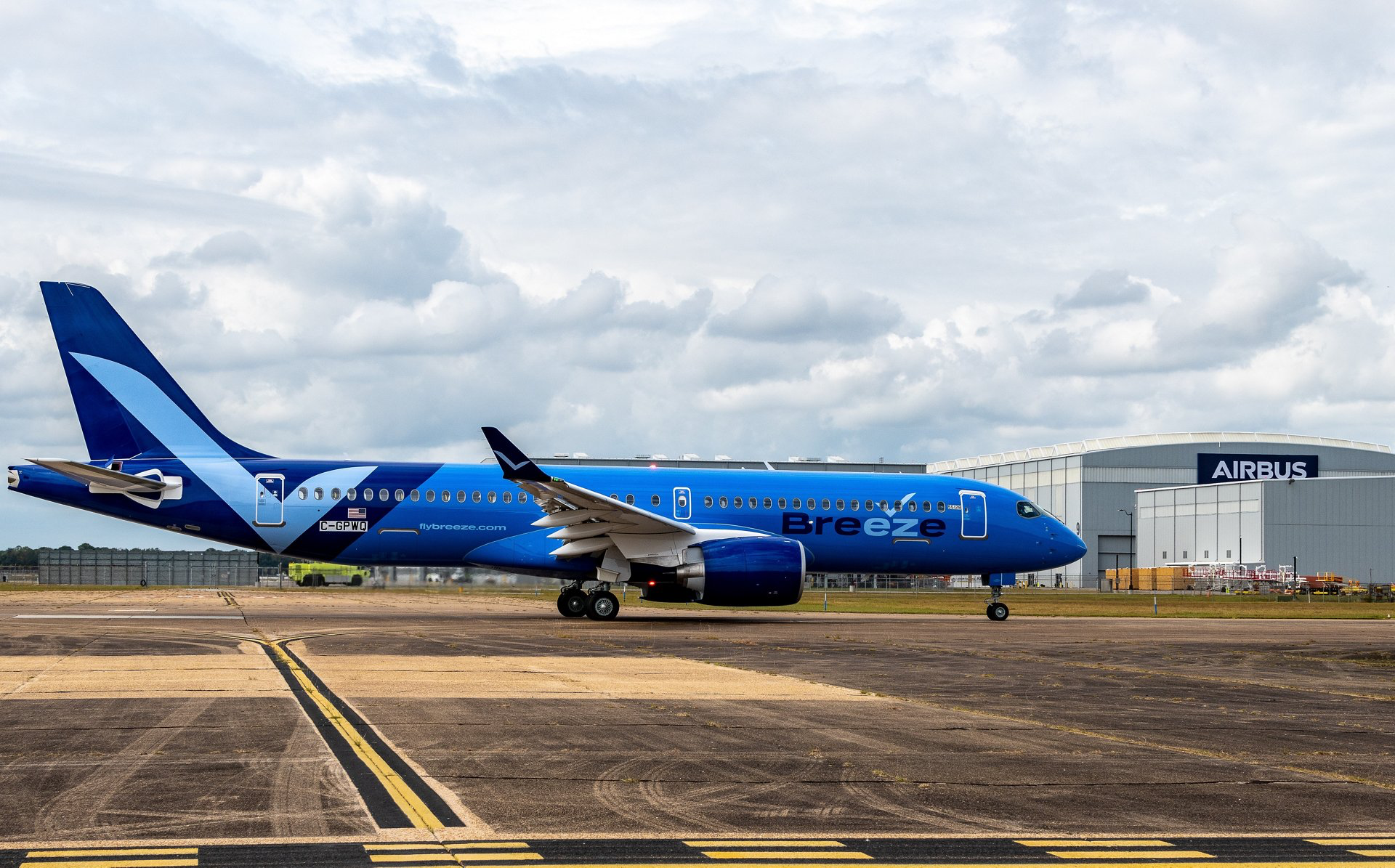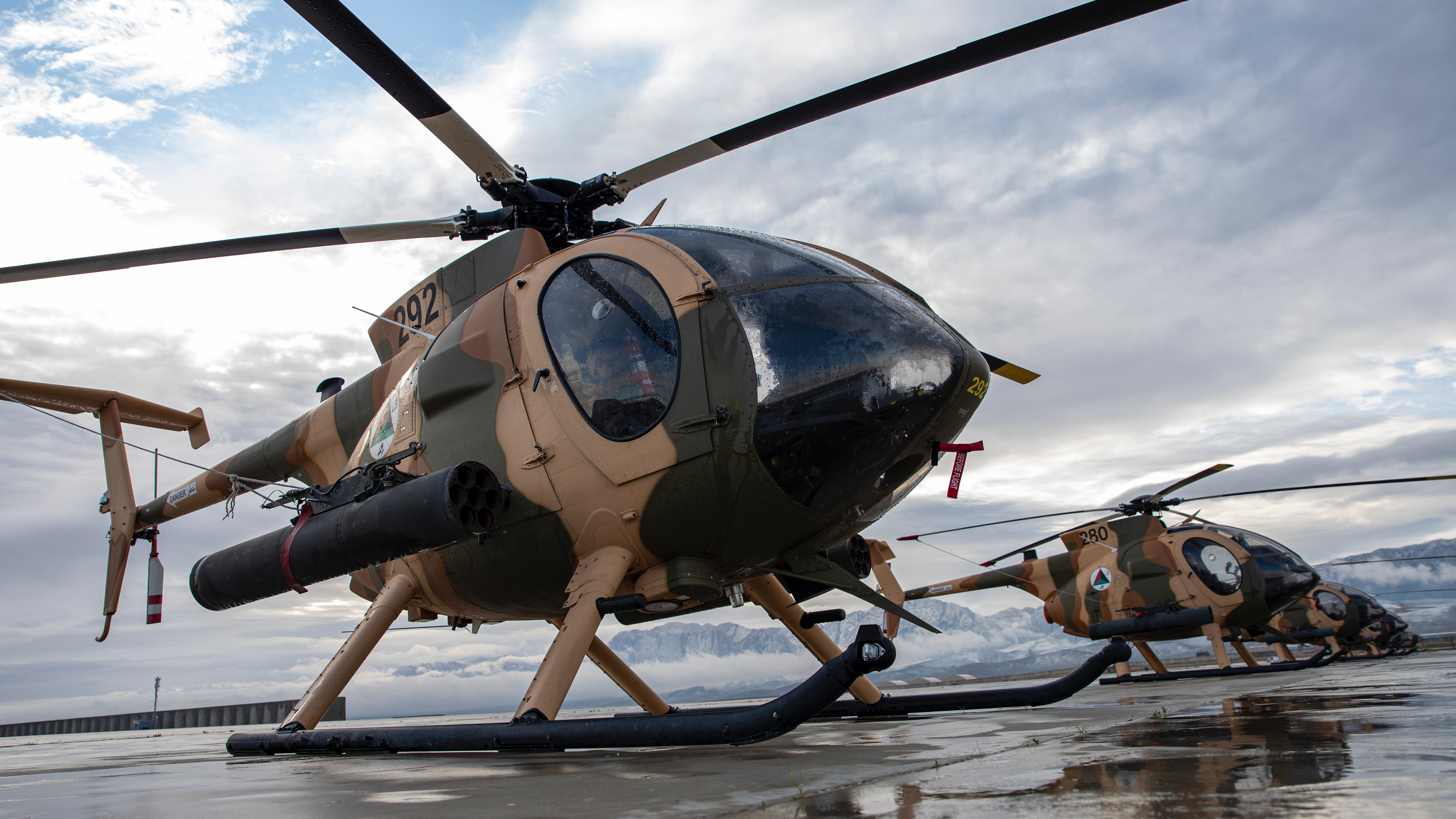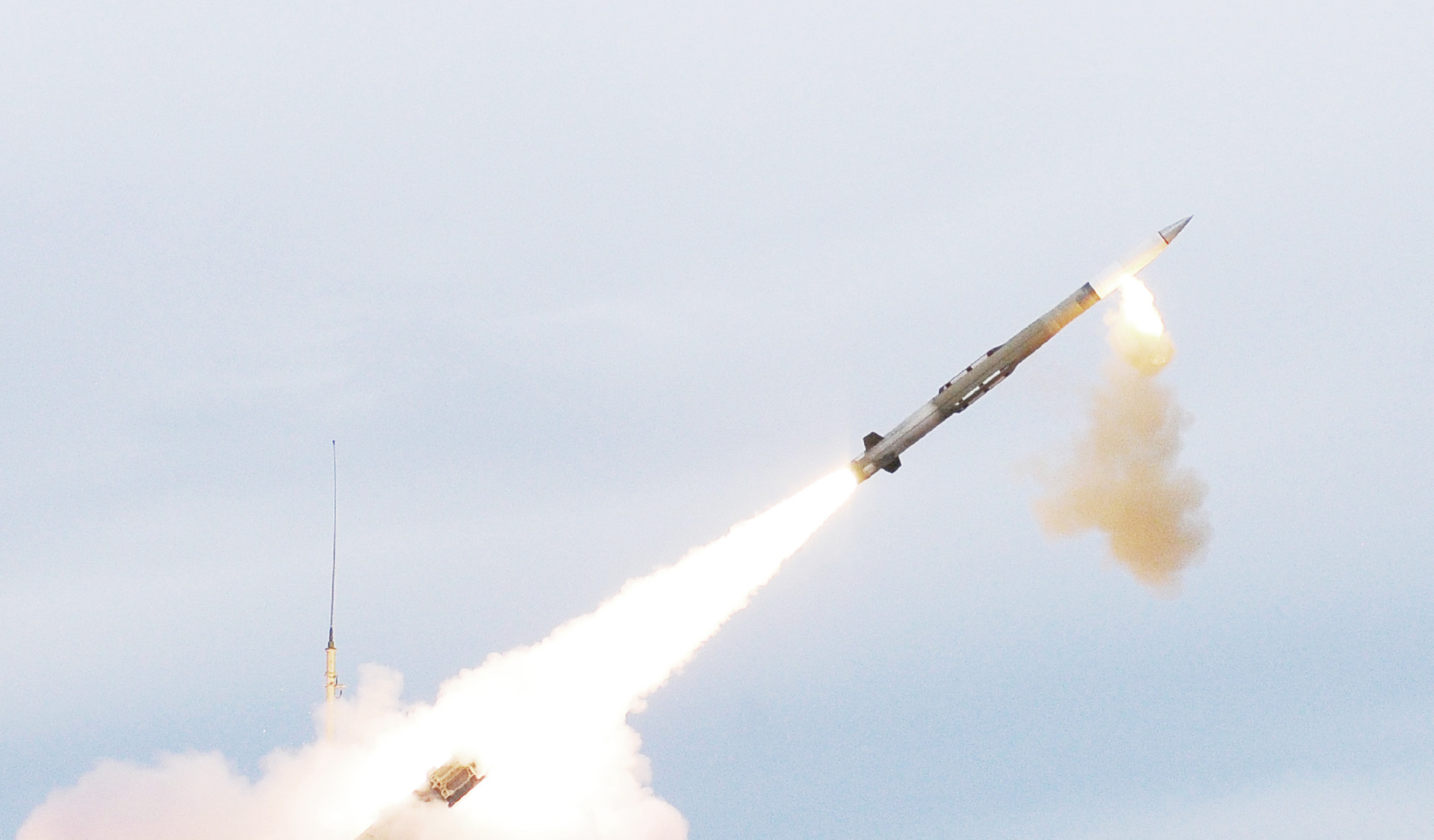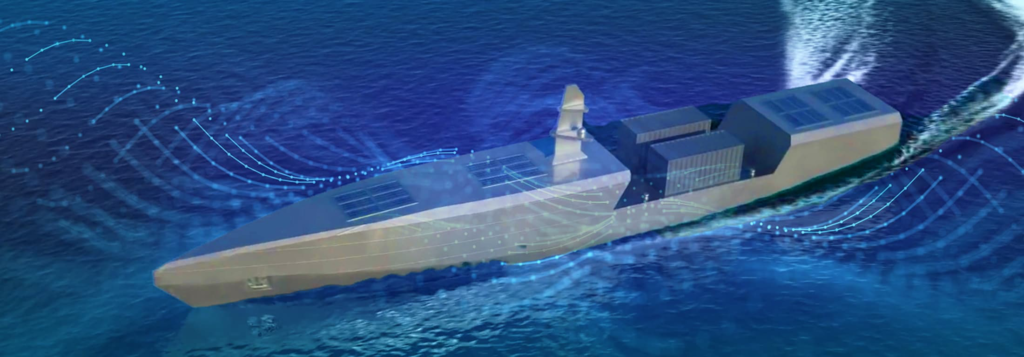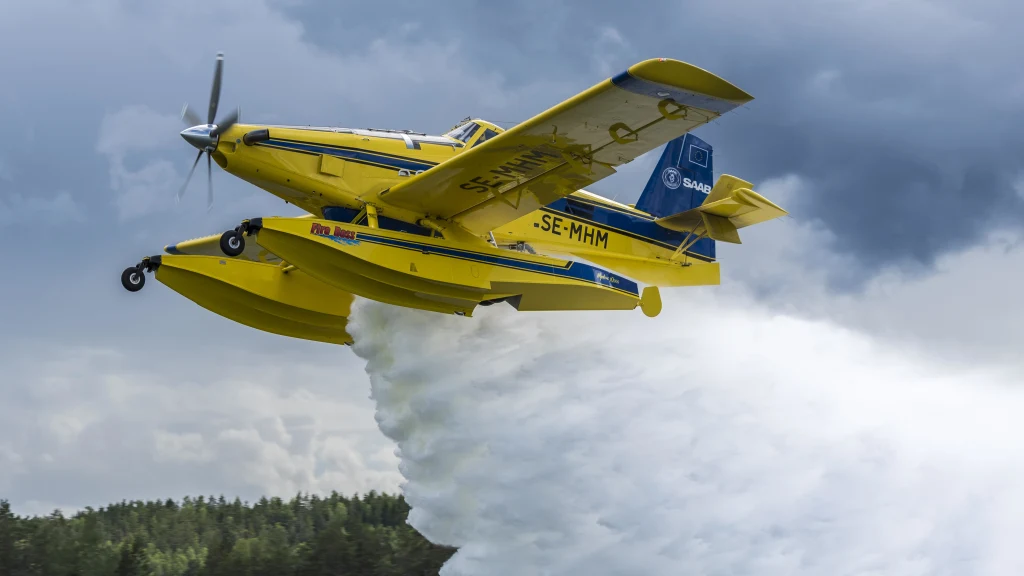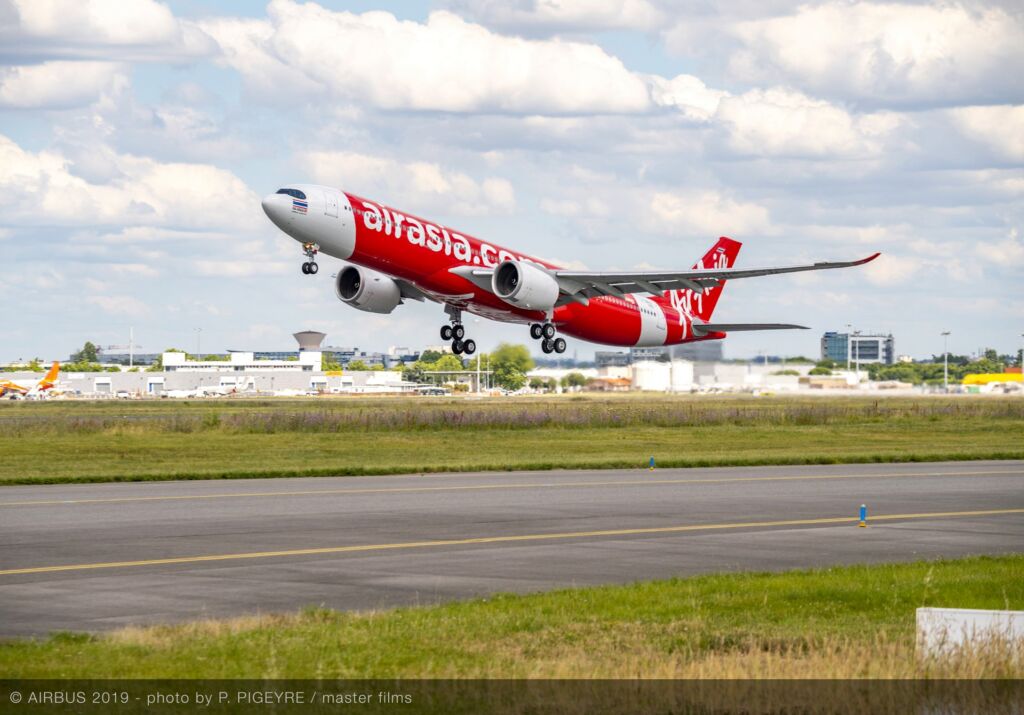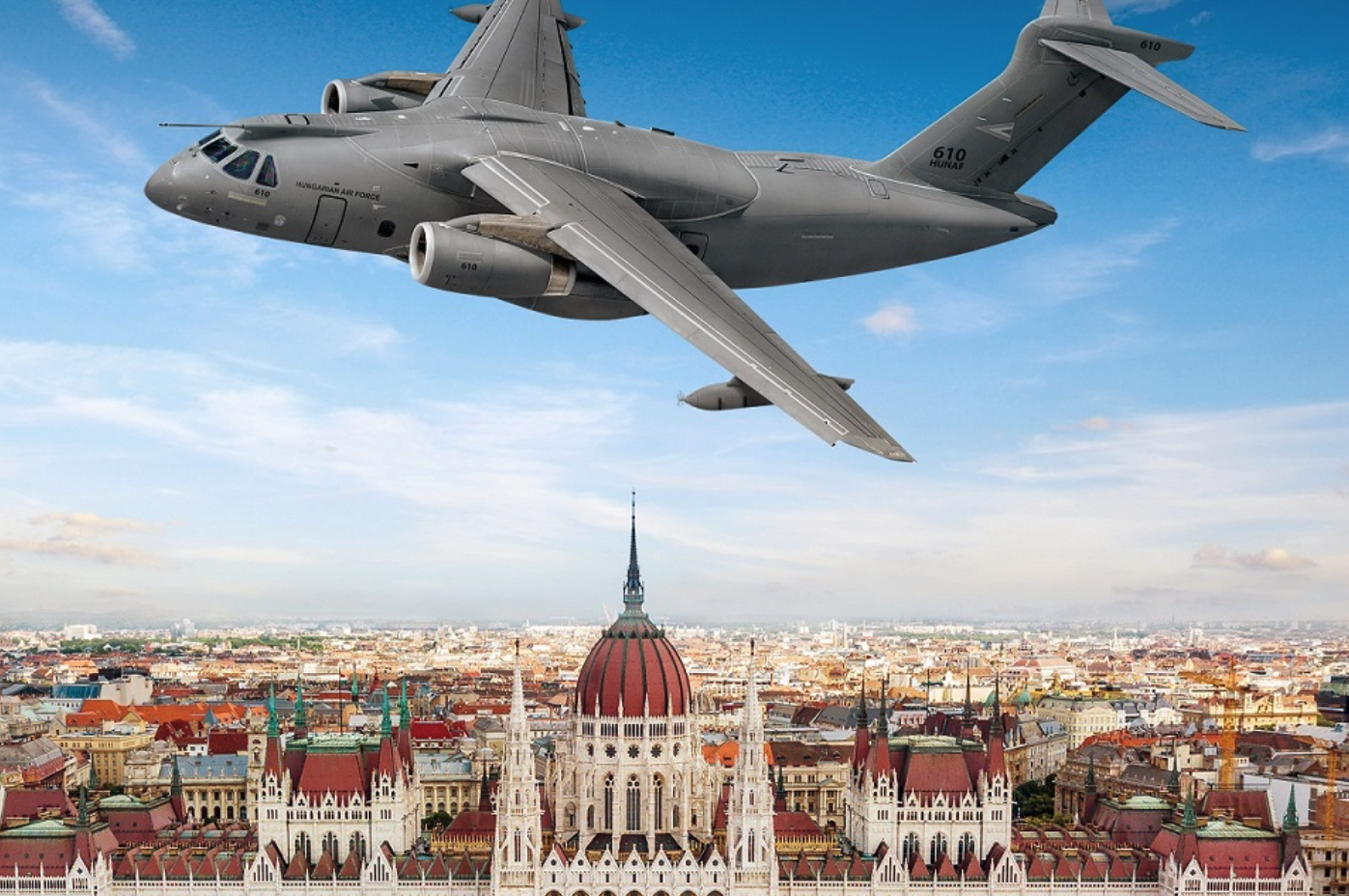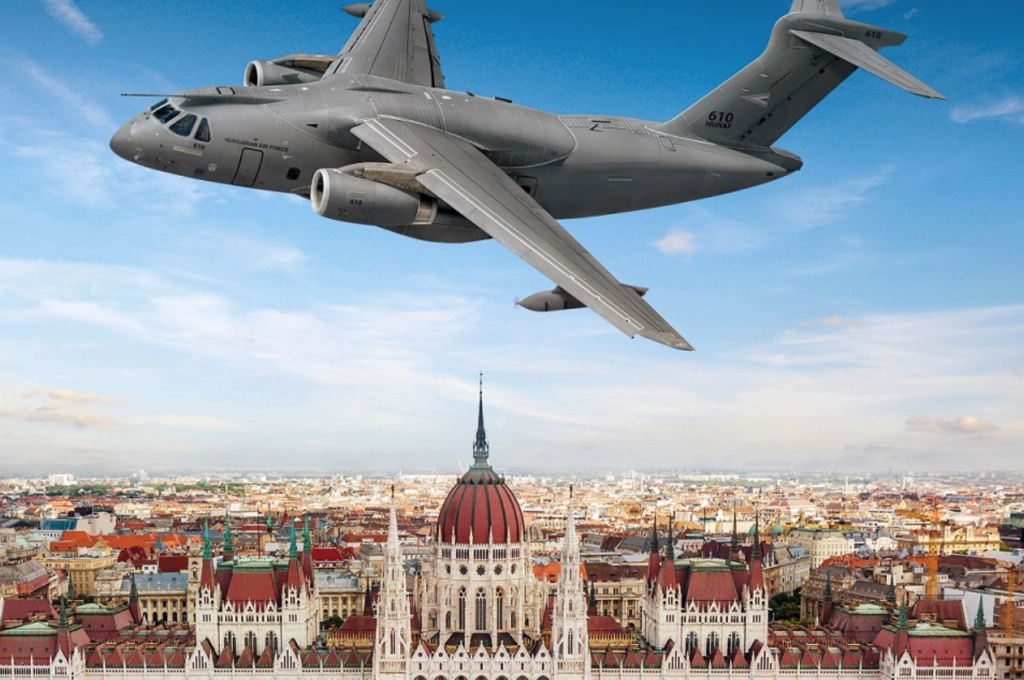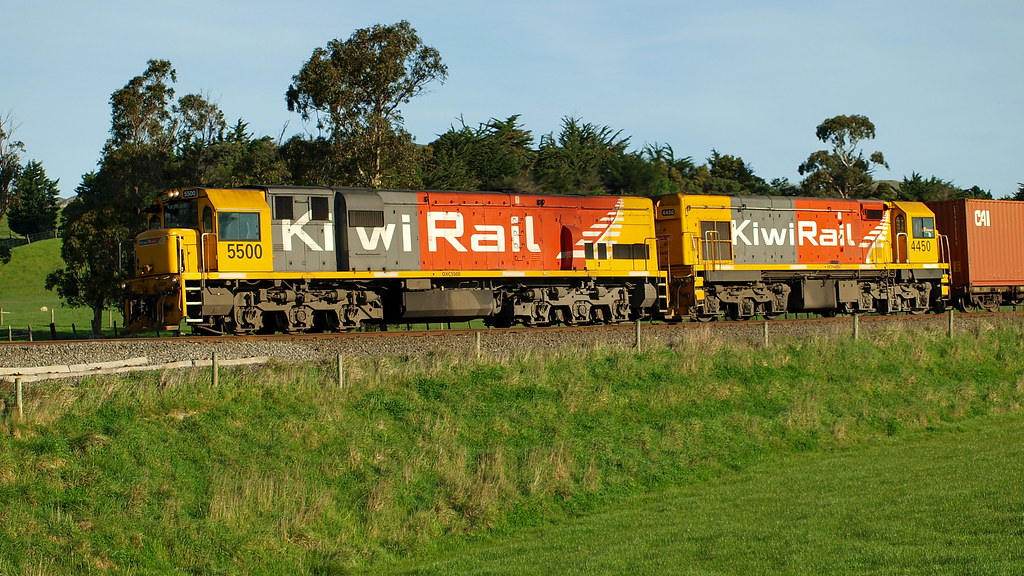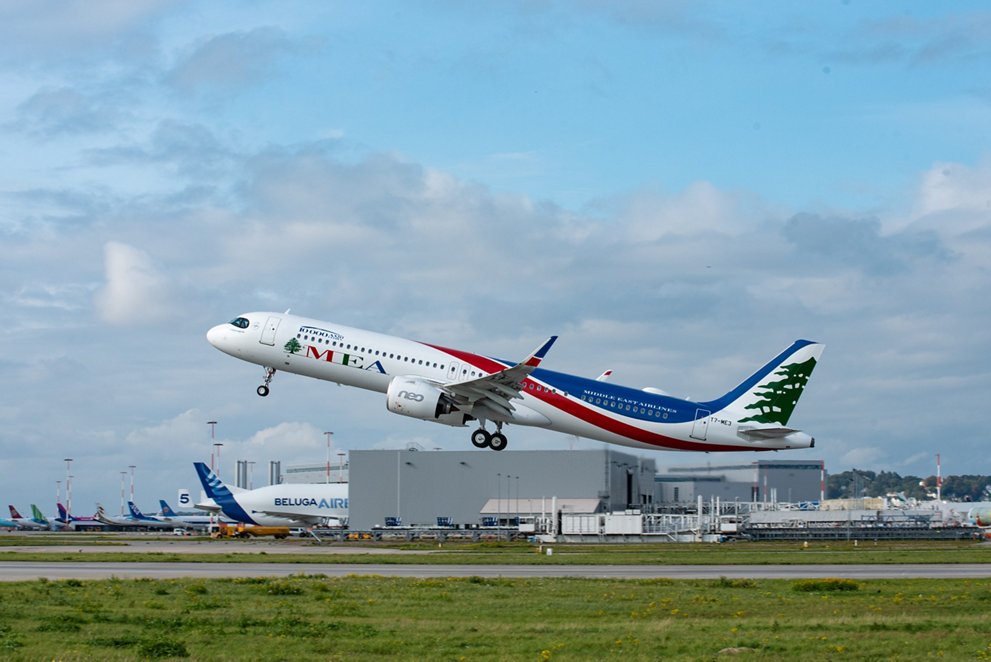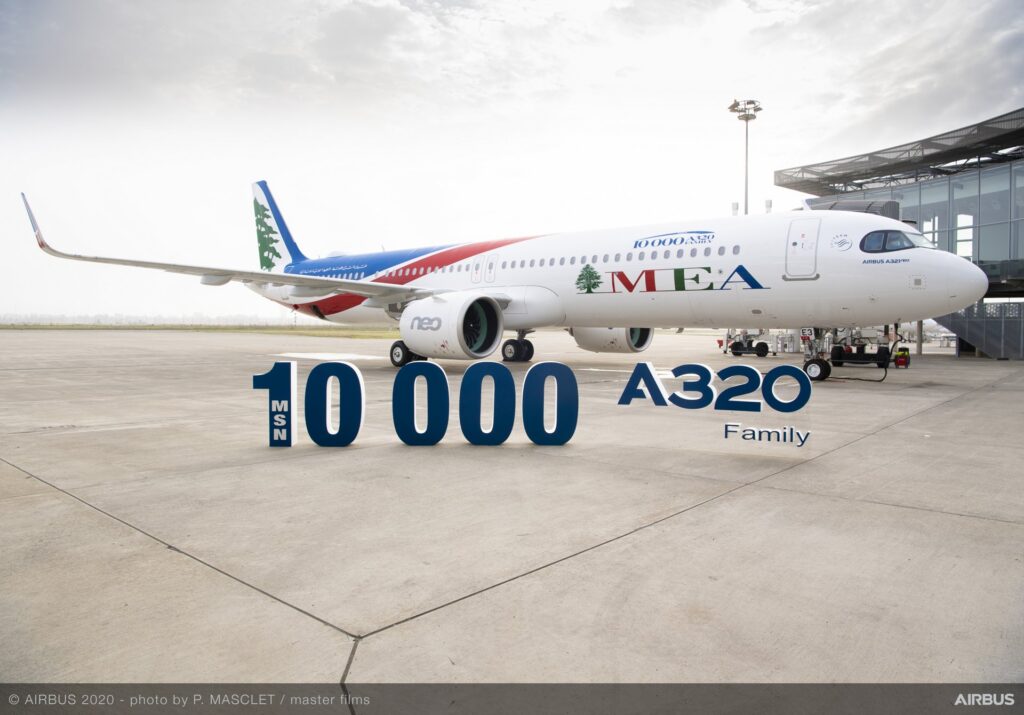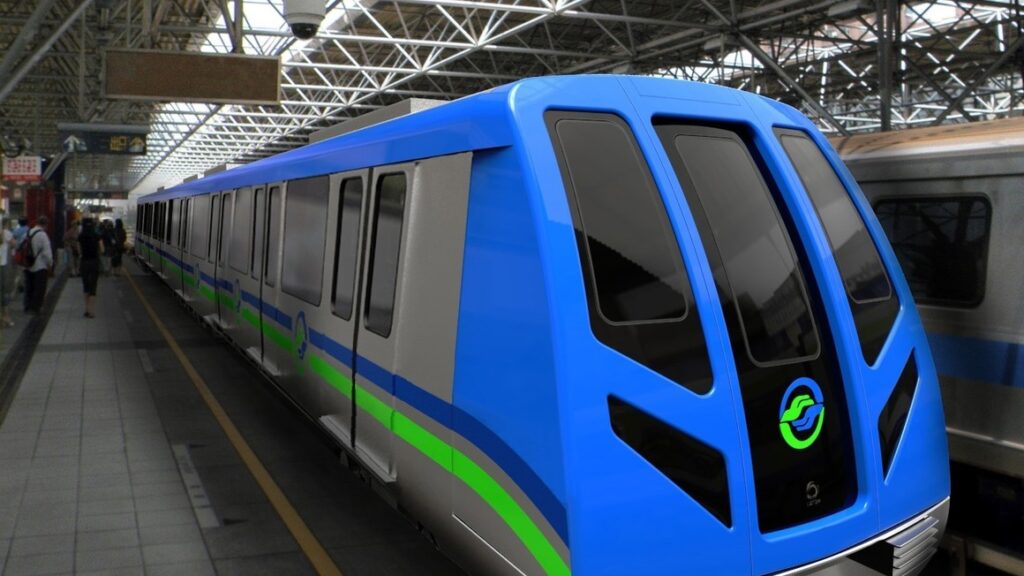Mobile, Alabama, USA, October 26, 2021 – Breeze Airways (Breeze) unveiled its first of 80 A220-300 aircraft on order during a preview event at the Airbus A220 final assembly line in Mobile, Alabama. The aircraft is expected to be delivered to Breeze in the coming weeks.
Breeze’s A220-300 cabin is configured in a comfortable two-class 126 seat premium cabin layout comprising 36 business and 90 economy seats fitted with in-seat power and USB ports for all passengers.
Breeze will offer superior single-aisle comfort on board its brand new A220’s, such as the widest seats, the largest windows and more overhead stowage space per passenger.
The A220’s superior efficiency will support the new airline’s business objectives to deliver a great travel experience to its passengers, with low fares and high flexibility. Breeze is expected to provide non-stop service between underserved routes across the U.S. at affordable fares – offering point-to-point flights from smaller secondary airports, bypassing hubs for shorter travel times.
Breeze started airline operations in May 2021. This first A220 is expected to enter service in Q2 2022.
The A220 is the only aircraft purpose-built for the 100-150 seat market and brings together state-of-the-art aerodynamics, advanced materials and Pratt & Whitney’s latest-generation geared turbofan engines. With a range of up to 3,450 nm (6,390 km), the A220 gives airlines added operational flexibility. The A220 delivers up to 25% lower fuel burn and CO2 emissions per seat compared to previous generation aircraft, and 50% lower NOx emissions than industry standards. In addition, the aircraft noise footprint is reduced by 50% compared to previous generation aircraft – making the A220 a good neighbour around airports.
As of the end of September 2021, over 170 A220s have been delivered to 12 operators worldwide.
